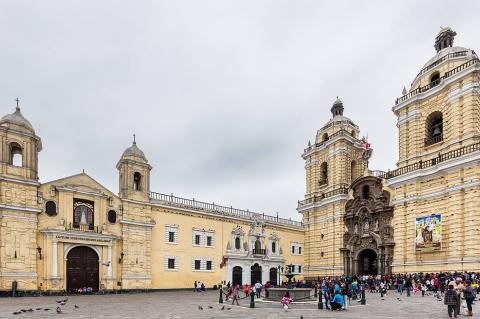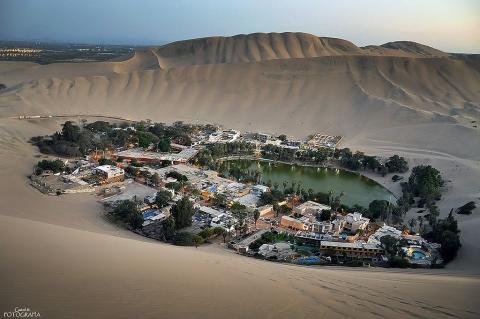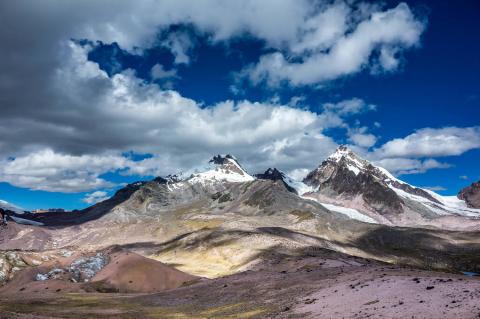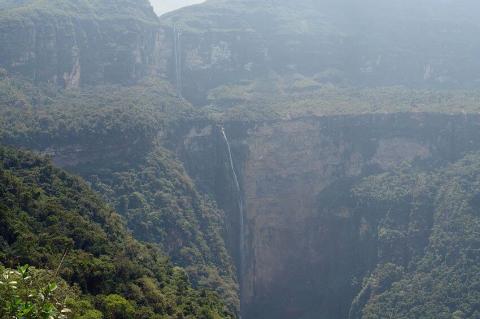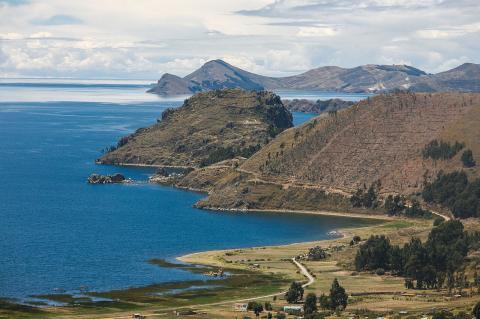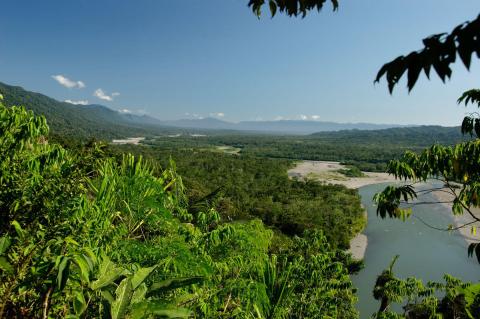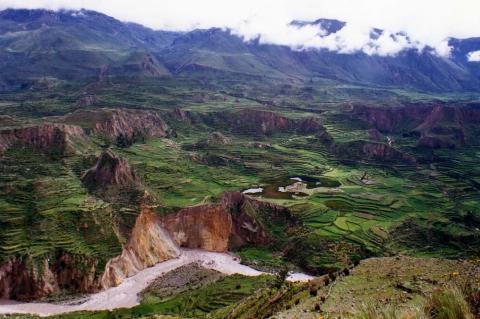Peru: Cultural Landscape
Peru is a country with a rich cultural heritage that has been shaped over thousands of years. Its cultural landscape combines the legacies of its ancient civilizations, the influences of its colonial past, the enduring traditions of its indigenous communities, the vibrant expressions of its contemporary art scene, and the unparalleled excellence of its culinary offerings.
